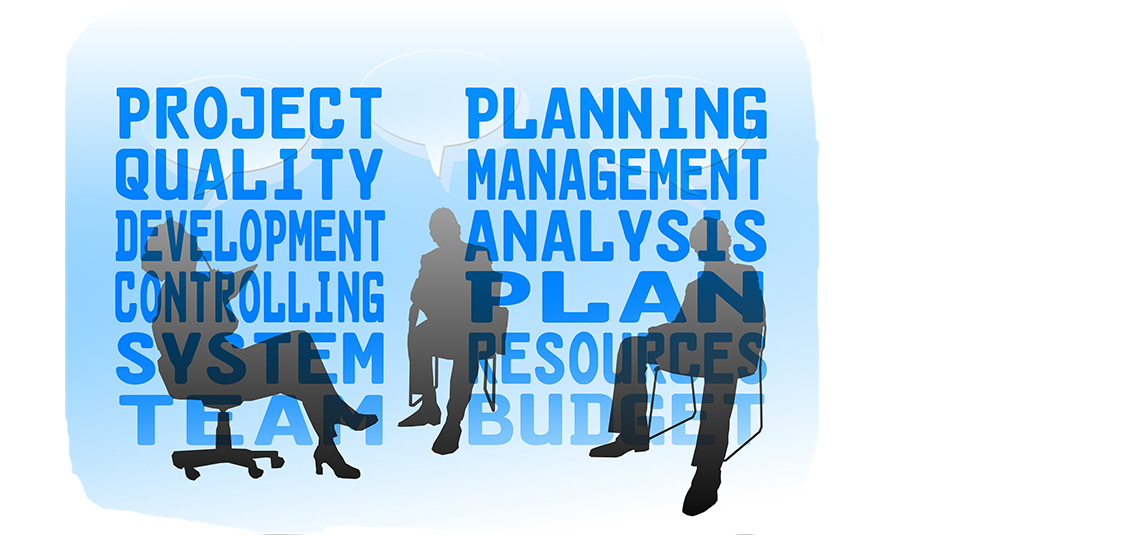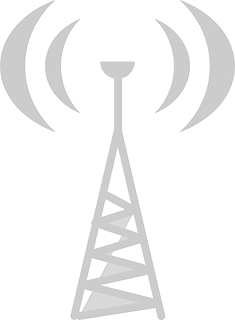Desktops - Laptops - Printers - Servers - Routers - Software - Toners.
Sourced from reputable Local and National Distribution Partners and are backed by Manufacturer warranties.
Chip-level Laptop Board Repair | East London
Our highly skilled and experienced computer technician(/s) are more than capable for all your technical computer needs.
We offer a virtual ICT department, taking ownership and managing your ICT both remotely and on-site. A Virtual CIO for your business.
Read More
Deployment of new equipment, upgrade and repair of infrastructure.
Read MoreServers, Networks, ADSL and Routers. UTP Cabling and Internet/WAN/LAN troubleshooting.
Read MoreThorough removal of viruses and even zero day viruses. Automated to manual solutions.
Read MoreProtect your data through a solid backup system and uninterruptable power supplies.
Read MoreSoftware solutions include Microsoft software, Antivirus products, Accounting and ERP software.
Read MoreDead-end solutions can be very expensive mistakes for your business.
An important concept...
Real Networking Solutions Begin with Real Servers
A dedicated server can save you money by avoiding inevitable disasters.
As a virtual CIO, part of my responsibility is to see that “sound” decisions are made. In other words, don’t let my small business clients invest in “dead end” peer-to-peer networking solutions that are difficult to support and expensive to upgrade.
A “real” server should be a “no brainer” again, for all but the tiniest of businesses.
Small business clients come to me because they need a reliable, yet cost-effective networking solution. I know that their data, uptime , and security issues are important, and that there are some corners that aren’t worth cutting.

Preventative maintenance helps safeguard your company's data by keeping your systems virus-free, creating backup copies of all important data, updating security patches to protect against newly discovered system vulnerabilities.
Preventative maintenance improves performance by defragmenting hard drives and keeping hardware components free from dust and dirt.
By safeguarding your systems and keeping those systems running at their optimum performance levels, preventive maintenance will save money by avoiding costly downtime, avoiding costly “wait time” while the systems chug along at sluggish speeds, avoiding costly repairs and avoiding costly data retrieval.
We recommend that you upgrade to Windows 10. It is an improvement on Windows 8 and 8.1 both in performance and features. The update is free to download for a limited period.
You may need professional assistance for the upgrade in some instances.
Windows 10 is a fast booting operating system. The start menu has returned, Cortana, a virtual assistant has been introduced. Edge, a better and much faster browser is included. There are also many other features such as a battery saver for notebooks and a drill down of apps according to storage space used.
TROUBLESHOOTING WIRELESS LAN NETWORKS
We will cover common problems that could occur in wifi networks.

Things that we can do to minimise multipath:
Remove the objects in the way if you can or position the transmitting and receiving antennae so that the objects are not in the line of sight. Wifi routers today often include more than one antenna to compensate for the effects of multipath. That is why there are multiple antenna on most routers today. What the wifi router does is it uses the antenna which gives the best signal to transmit and receive. It does not mean that both antennae are being used simultaneously. We dont get double the bandwidth by having two antennae! It is simply to combat the effects of multipath. Only one antenna can be used at one time.
This occurs when a computer, notebook or tablet is behind a wall or separated from other workstations in a way in which there is no signal between the two devices.Both devices can connect wirelessly to the router. However, the two devices cannot see each other with respect to RF signal. To avoid collisions of data packets each of the devices need to know that the other device exists on the network. What happens is both devices can transmit at the same time creating collisions. When collisions occur, frames are retransmitted and this will continue indefinitely and this congestion will bringing the wifi network to a standstill. Sometimes a wi-fi network becomes extremely slow. You reboot the router and the network is still just as slow. What could be the problem? Someone could have moved their notebook to another room in the office and the effect of hidden node came into effect.
We solve this by moving the notebook, removing the separation, using high-gain antenna or by enabling the rts/cts protocol on the router.
Some workstations are close to the wi-fi router. Others are are further away. The closer workstations need to be set on low power (decrease power of local stations) and the further stations must be set at high power (increase power of remote stations). Otherwise the stations further away simply are overwhelmed by the close workstations with high power.
The maximum number of stations that can connect to a wifi router is 25. Any more will result in poor performance. What most companies do is there use multiple wifi routers to cover their offices. Here there is often an overlap in coverage. If the same channel overlaps, performance is reduced because of interference. It is important to set up the wifi routers on different channels so that the overlap is minimised. Channel 1, 6 and 11 are the best non-overlapping channels to use to reduce overlap.
There is also interference which can affect the entire band of the RF signal. There are a number of devices such as portable phones, cell phones, pdas, Bluetooth devices and microwaves which can bring about this interference. The way forward here is to find the device which is causing the interference. A spectrum analyser accurately helps to identify the culprit. Remove the culprit.
Rain and wind can affect outdoor wifi transmission. Grid antenna are better for windy places.

ANTENNAS
We are going to look at the different antennas for wifi LANs. We need to select the right antenna for our wireless network. This technical article will help you to determine the right antenna for your network.
There are omni-directional, semi-directional and highly-directional antennas. Omni-directional antennas radiate RF waves in a 360-degree coverage on a horizontal plane. A doughnut shape. Not a sphere. There is a vertical axis in the centre from which the RF signals radiate.
This is also called a dipole antenna. It radiates equally all around its axis on a horizontal plane. It is however not a perfect ball-shape. It is doughnut-shaped. A perfect sphere is also called an isotropic radiator. However, we cannot create a perfect isotropic radiator. Very much like earth with the two poles. The sun is an example of a isotropic radiator.

Why is this important? It is used in measuring gain. It is measured in decibels relative to an isotropic radiator (dBi). A dBi of 0 is a isotropic sphere. The higher the dBi, the more bulging the sphere becomes (flattened out horizontally) and the higher the power level of the antenna. It begins to resemble a pancake rather than a doughnut. The radiation will go further outwards. However, we have blind spots and dead coverage areas. The antenna (high gain) needs to be carefully positioned.
A typical low-gain wireless access point (omni-directional antenna) should be placed in the middle or centre of a large office so that it can reach all the corners. This works well in warehouses or offices where a large area is covered.
Semi-directional or uni-directional antennas concentrate their RF energy into a cone shape or a beam. The energy is transmitted in one direction only. A typical example of this is a Yagi antenna which is the old television antenna. I uses a dipole antenna with a director and reflector. The director and reflector makes the Yagi into a uni-directional antenna. When additional directors are added to the Yagi, the gain is increased. These are used for short to medium distances up to 4 kilometres. Building to building. Point to point connectivity. Long corridors. There are also patch antenna. They are not as directional as the Yagi antenna.

For longer distances, we need to use highly-directional antennas. Examples are the parabolic dish antenna which look similar to a satellite television dish. These can transmit up to distances of 50 km. In windy areas, it is better to use a grid antenna with a wire mesh design. There needs to be line of sight and they need to be positioned very carefully due to the high-directionality. Provide long distance and not wide coverage.
PC Upgrade and Repair Bible (Barry Press and Marcia Press), The Complete A+ Guide to PC Repair (Cheryl A. Schmidt), Upgrading and Repairing PCs (Scott Mueller), Computer Networking & Hardware Concepts (Nurul Sarkar), Computer-Networking-Principles (Olivier Bonaventure), Ethical Hacking and Penetration Testing Guide (Rafay Baloch), Microsoft® Windows® Networking Essentials, Prentice Hall - Computer Networks Tanenbaum 4ed, Windows 10 Internals (Alon Fliess), Windows 10 Inside Out (Ed Bott, Carl Siechert, and Craig Stinson), Windows 10 Bible (Wiley), Windows 10 Troubleshooting (Mike Halsey, MVP), MCSA Windows 10 Complete Study Guide, Scott Mueller's Upgrading and Repairing Laptops, Second Edition, The Laptop Repair Workbook_ An Introduction to Troubleshooting and Repairing Laptop Computers (Morris Rosenthal), The Ultimate Laptop Repairing Course (K A Rahaman)